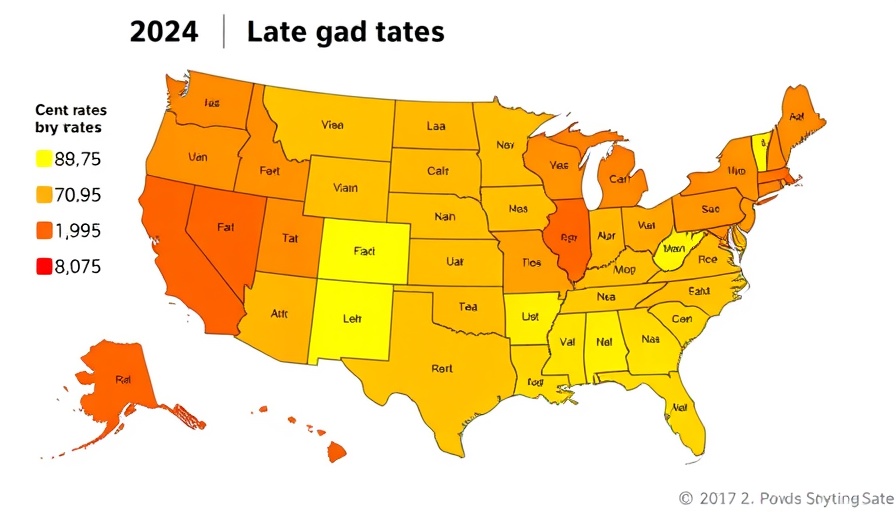
Understanding the Core of Employee Engagement
Employee engagement is not merely a goal; it is a critical component that defines the relationship between employees and their organization. A well-structured employee engagement plan template serves as a roadmap, outlining strategies that enhance emotional connections with the workplace. This becomes especially important as studies show that engaged employees contribute to a remarkable 21% increase in profitability, emphasizing the necessity of developing robust engagement strategies.
Building a Comprehensive Employee Engagement Plan
To create a successful employee engagement plan, organizations must first align it with their overarching business objectives. This ensures that each initiative is designed to foster relevant outcomes that support the company's goals. Establishing SMART (specific, measurable, achievable, relevant, and time-bound) goals helps to clarify expectations and accountability. Furthermore, the active inclusion of employees in the planning process cultivates a sense of ownership, enhancing their connection to the organization's objectives.
Measuring the Impact: The Importance of Metrics
A significant part of implementing an employee engagement plan is the ability to measure its efficacy. Organizations should consistently track turnover rates, absenteeism, and employee satisfaction surveys as key indicators of engagement levels. For example, organizations that have instituted effective engagement plans have reported up to 81% less absenteeism and an 18% reduction in turnover. These metrics not only highlight the current state of employee engagement but also guide necessary adjustments to strategies over time.
Enhancing Communication and Recognition Programs
Strategic initiatives like improved communication pathways and recognition programs are critical for nurturing employee connection. Effective communication ensures that employees feel heard and valued, while recognition showcases the organization's appreciation for their efforts. These initiatives can significantly impact workplace morale, creating an atmosphere where employees thrive socially and professionally. Moreover, fostering such a culture can elevate customer loyalty by as much as 10%, directly contributing to business success.
Future Trends: Continuous Improvement in Engagement Strategies
As workplaces continue to evolve, understanding future trends in employee engagement becomes crucial. The rise of remote work and evolving talent landscapes necessitate more dynamic engagement strategies. Organizations must remain adaptable, using feedback loops and assessments to ascertain employee sentiment and modify engagement initiatives accordingly. The focus must shift to creating personalized experiences that resonate with employees on an individual level, ensuring lasting connections to their workplace.
Conclusion: Taking Action for a Better Workplace
In light of the increasingly competitive landscape, developing an effective employee engagement plan is not just beneficial; it is essential for business sustainability. Organizations should not hesitate to evaluate and improve their engagement strategies continuously. By doing so, they cultivate an environment that does not only drive productivity but also fosters employee satisfaction and loyalty. Taking these steps can lead to a more motivated workforce, ultimately translating to improved organizational success and a culture of excellence. Invest in engagement today to reap significant future benefits.
 Add Row
Add Row  Add
Add 

 Add Row
Add Row  Add
Add 



Write A Comment